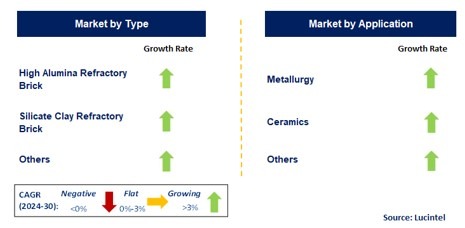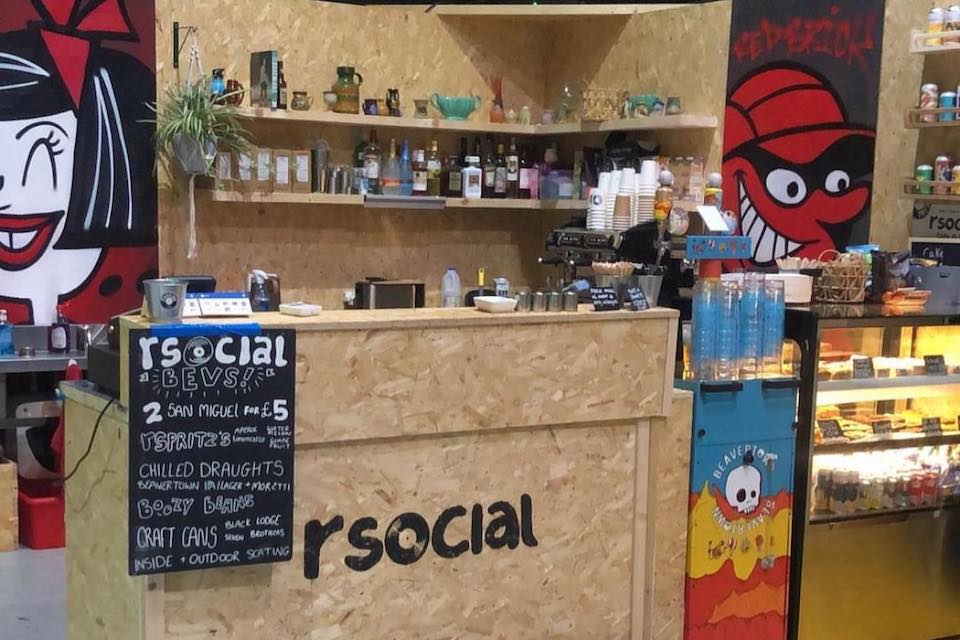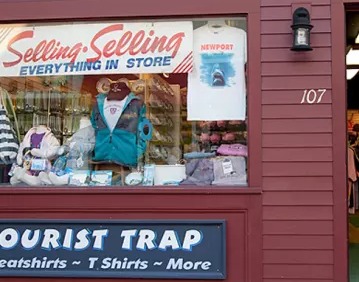
Senior decision-makers can leverage these insights to refine strategy and strengthen competitive advantage in a dynamically shifting market. The Asia Pacific region is expected to see significant growth in the Bricks market in the coming years due to the growth of the construction industry in the region. Increasing government expenditure for reconstruction & repair of infrastructureis expected to drive the market. Bricks are used for the reconstruction & repair of infrastructure as they are weather and age-proof and are able to withstand even the harshest conditions, from cyclones and severe marine environments to wildfire-prone areas.
Brick Market Analysis By Mordor Intelligence
By integrating current technologies and addressing evolving market needs, those improvements force expanded adoption and stimulate a boom inside the market. In the bricks market, the modular segment refers to bricks that adhere to standardized dimensions, facilitating easy and precise construction. This segment is characterized by uniformity in size, allowing for efficient assembly and reducing construction time. A notable trend in the modular bricks market is the increasing preference for these standardized units, driven by their versatility in various construction applications. The modular segment’s growth is attributed to its convenience, cost-effectiveness, and compatibility with contemporary construction methods, reflecting a shift towards streamlined and efficient building practices.
Store List – Stores In Market Place At Brick
The COVID-19 infection has not stopped the building sector from operating, thus market growth for blocks and bricks may stabilise. Construction companies are speeding their investment plans, which will involve the use of cutting-edge building materials, in an effort to make up for the losses they experienced. However, a new coronavirus pandemic that is hitting important construction centres like India may cause this industry’s growth trajectory to stagnate over the next years. Over the past several years, the brick industry in India has experienced tremendous growth due to the increase of infrastructure and building activities. The rising population, higher per capita income, faster economic growth, industrialization, and rapid urbanisation of India have all contributed to the possibility of the blocks and bricks industry expanding. Under Middle East & Africa, this report covers GCC Countries, Egypt, South Africa, and other countries in the region.
Museum Of Newport History At Brick Market
Manufacturers invest in robotic laying lines to service hybrid wall panels but must amortize capital across a shrinking traditional volume base, squeezing margins. In October 2021, Wienerberger successfully finalized the purchase of Meridian Brick in the North American market, encompassing their operations in both the United States and Canada. Meridian Brick, known for its annual production of over 1.1 billion bricks, holds a prominent position as a primary brick supplier in regions such as Texas, the southeastern United States, Ontario, and Canada.

Check Out The Best Selling LEGO Minifigures Of 2024:

Based on type, the bricks market is segregated into clay bricks, concrete bricks and blocks, calcium silicate bricks, autoclaved aerated concrete bricks, fly ash bricks, and stone bricks. The clay bricks segment accounted for a major share of the market in 2022 due to the growing construction of residential buildings and houses. Clay bricks are durable, reusable, free from contaminants, and naturally resistant to pests or fire, which makes them suitable for building houses. Autoclaved aerated concrete bricks have excellent durability and thermal insulation properties that keep the building cooler and prevent outside heat from entering. Additionally, these bricks reduce construction time as they are lightweight and easy to easy-to-use design. Rapid urbanization and populace increase in nations like China and India pressure vast call for creation materials.
The Bustling East London Market That Has Five Markets Rolled Into One • Brick Lane Market
This shift is anchored in industrial-waste utilization, enabling plants to cut firing temperatures by 20% and align with circular-economy mandates. The brick market size for fly-ash variants is forecast to expand faster than any other type, helped by public procurement criteria that reward recycled content. Calcium-silicate units attract architects pursuing thermal-mass advantages in Europe’s cool climates, while concrete blocks that skip kiln firing appeal where electricity is available and fuel security is uncertain.

The global brick market is expected to grow at the back of urbanization, infrastructure development, and growing emphasis on sustainable construction material. Any improvement in brick production technology pertains to increased efficiency and lower environmental impact, hence sustainability goals globally. These developments are likely to define the future of the brick industry in a number of ways and affect how bricks will be used and viewed in construction and design.. Meanwhile, Europe is experiencing notable growth in the bricks market due to a resurgence in construction activities, driven by urban development projects and infrastructure investments.
INDUSTRIAL DEVELOPMENT
Since clients in this market sector rely largely on dealers to convince them to acquire their products since they are less informed about these products, dealer margins are more crucial to sales than business marketing and advertising efforts. The brick market is expected to achieve substantial growth in the future with increasing demand from rapid urbanization and related infrastructure building processes. The consumptions are substantially expected to surge up in the emerging economies, which are investing in housing and infrastructure projects. Geographical analysis of the global brick market shows different regional dynamics driven by economic, regulatory, and environmental factors.

Brick Market Revenue, Prospective Segments, Potential Countries, Data And Forecast

Beyond their structural utility, bricks also contribute to aesthetic appeal, with different colors, textures, and finishes available. Modern construction techniques incorporate innovative materials, such as interlocking bricks or those made from recycled materials, to enhance sustainability. Despite advancements in construction technology, traditional bricks continue to play a crucial role in the global building industry, symbolizing resilience and endurance in architectural heritage. In this regard, technological development became the main and simultaneously the capstone force in the historical process of brick making.
- As you walk along, you’ll notice a vibey atmosphere and wafting spices that float through the air.
- They used in structures to develop walls, pavements and various other constructions and is in the form of rectangular blocks.
- Artificial-intelligence tools route trucks to mitigate driver shortages and cut fuel burn, further reducing landed costs.
- Sustainability and environmental concerns significantly force market boom in the concrete block and brick industry.
- However, increased sustainability consciousness and subsequent legislation will pose certain challenges which, driving the need for change and diversification of these industries in the long run.
- These key players possess extensive retail networks and online platforms, providing consumers with easy access to a wide variety of wardrobe options.
Market participants expect hybrid models where manufacturers run direct key-account teams while maintaining dealer partners for patchwork residential demand. As labor shortages intensify, builders in North America and Europe pivot toward volumetric modules that sideline brick facades. With the United States needing another 501,000 skilled workers in 2025, contractors view standard panels as risk hedges. Thin-brick slips and mechanically fixed veneers let masonry suppliers stay relevant, yet overall unit demand dips where full-bed bricks are displaced.
- The brick market presents a lot of promise with the emergence of economies that are rapidly industrializing and developing the necessary infrastructure.
- Equipment upgrades that raise kiln capacity without higher fuel burn ensure contractors receive on-time deliveries during cyclical building surges.
- In this regard, technological development became the main and simultaneously the capstone force in the historical process of brick making.
- Bricks are used to construct commercial buildings as they have a longer lifespan and limited environmental impact.
- The research report delves into market segmentation, utilizing both qualitative and quantitative research methods to provide a thorough analysis.
Once you’ve worked up an appetite and you start to feel peckish, do not fret, you’ll find plenty of treats at London’s top food markets in Brick Lane to wolf down in delight. Now that we’ve taken a look into the different markets Brick Lane has to offer, let’s take a look at what you’ll find in and out of the stalls. The Boiler House is located at the Truman Brewery and serves as both the popular Brick Lane food hall and an iconic London historical landmark.
Residential buildings retained a 55% revenue position in 2024, yet the non-residential segment leads growth at 3.34% CAGR as governments fund transport corridors and e-commerce firms extend distribution hubs. The brick market supports massive warehouse floors that demand durable, thermally stable walls to moderate interior climates in tropical South America. Data centers classified as critical infrastructure in the United States also elevate orders for fire-rated brick envelopes. Building applications accounted for 60% of brick market share in 2024, reflecting masonry’s historic role in structural walls and facades. The brick market size for path and paving solutions, however, is expanding at a 3.14% CAGR as households invest in outdoor upgrades and municipalities retrofit sidewalks to endure heavier pedestrian flows. Architectural innovation is creating significant opportunities in the bricks market by redefining traditional construction practices.

These versatile building materials continue to be integral to the construction and design of residential properties. The COVID-19 pandemic has considerably impacted the market, as it did on many industries worldwide. Several key factors came into play during this period, influencing both the demand for bricks and the production and supply chain dynamics. Many brick manufacturing facilities faced temporary shutdowns or reduced their production capacity due to lockdowns and safety measures. This led to delays in production and distribution, which affected construction projects relying on a steady supply of bricks.



